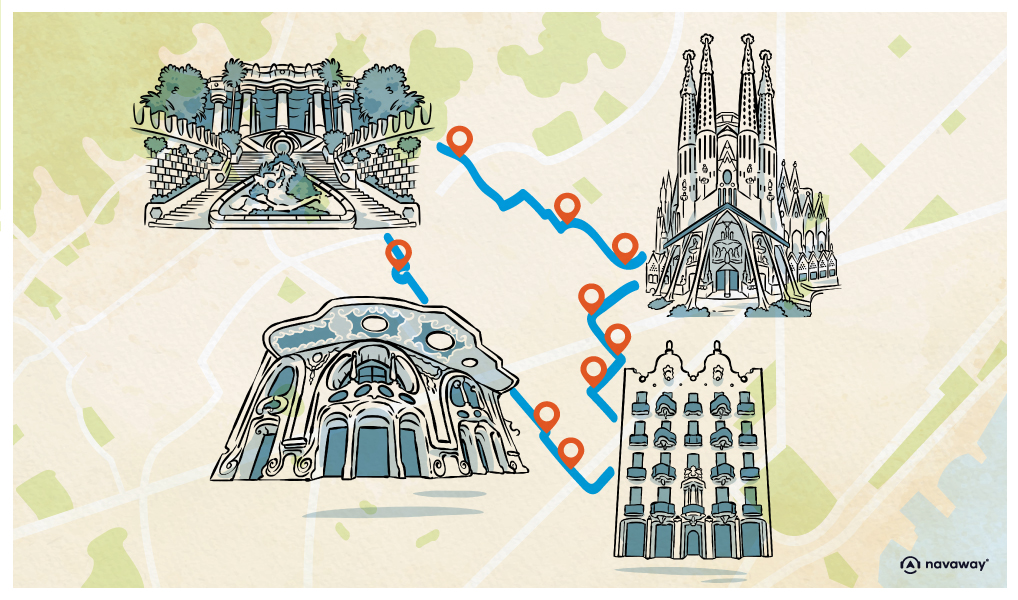
Carrer d’Aragó
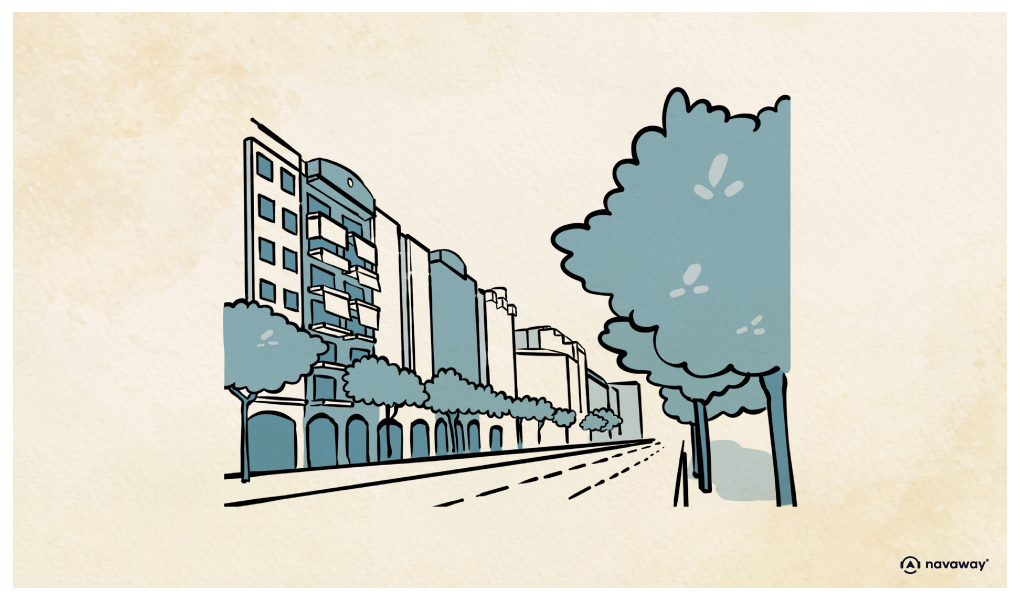
This point of interest is available as audio on the tour: Visit Barcelone, Through Gaudí’s eyes
You’re walking along Carrer d’Aragó, one of the main arteries of Barcelona’s modern city layout. It dates back to the 1863 urban plan, and believe it or not, the original name proposed was simply “Street L.” Not exactly inspiring. Eventually, they decided on something better: the Crown of Aragon. This gives us the perfect excuse for a quick history detour — because let’s face it, most of us didn’t learn much about how Spain actually came to be. So here we go: The Crown of Aragon was born from the union of two independent territories — the County of Aragon and the County of Barcelona. Over time, this alliance grew into something much bigger, stretching to include the Kingdoms of Valencia, Majorca, Sicily, Sardinia, and Naples — and, for a while, even Montpellier and parts of Greece. At the center of it all, both politically and economically, stands Barcelona. This was what historians call a composite monarchy — when several separate territories, often with different laws and languages, are ruled by the same monarch. Not bad for a name that started out as just “L,” right? Back then, the other major power in the region was, of course, Castile. In 1469, the two great crowns joined forces through a royal marriage between Ferdinand II of Aragon and Isabella I of Castile. That union basically led to the foundation of modern Spain as we know it today. If their names don’t sound familiar, you’ll definitely recognize their legacy: They were the Catholic Monarchs who launched the Spanish Inquisition, expelling the Jewish population, and conquering the Nasrid Emirate of Granada, putting an end to Muslim rule in Iberia. They were also the ones who financed Christopher Columbus’s voyages, including the expedition that led to the so-called “discovery” of the Americas. The gold and wealth that followed turned Spain into the dominant European power at the time. Here’s a final twist to connect all the dots: their grandson was none other than Charles V — who inherited Spain, the Netherlands, Austria, and the Kingdom of Naples. He went on to become Holy Roman Emperor, and was the most powerful ruler during the first half of the 16th century. There you go — history lesson complete!

Discover other tours to visit Barcelone

Discover Barcelone with app
An interactive guide through the most beautiful streets, squares, and districts
22 fun audioguides full of historical facts, anecdotes, and legends
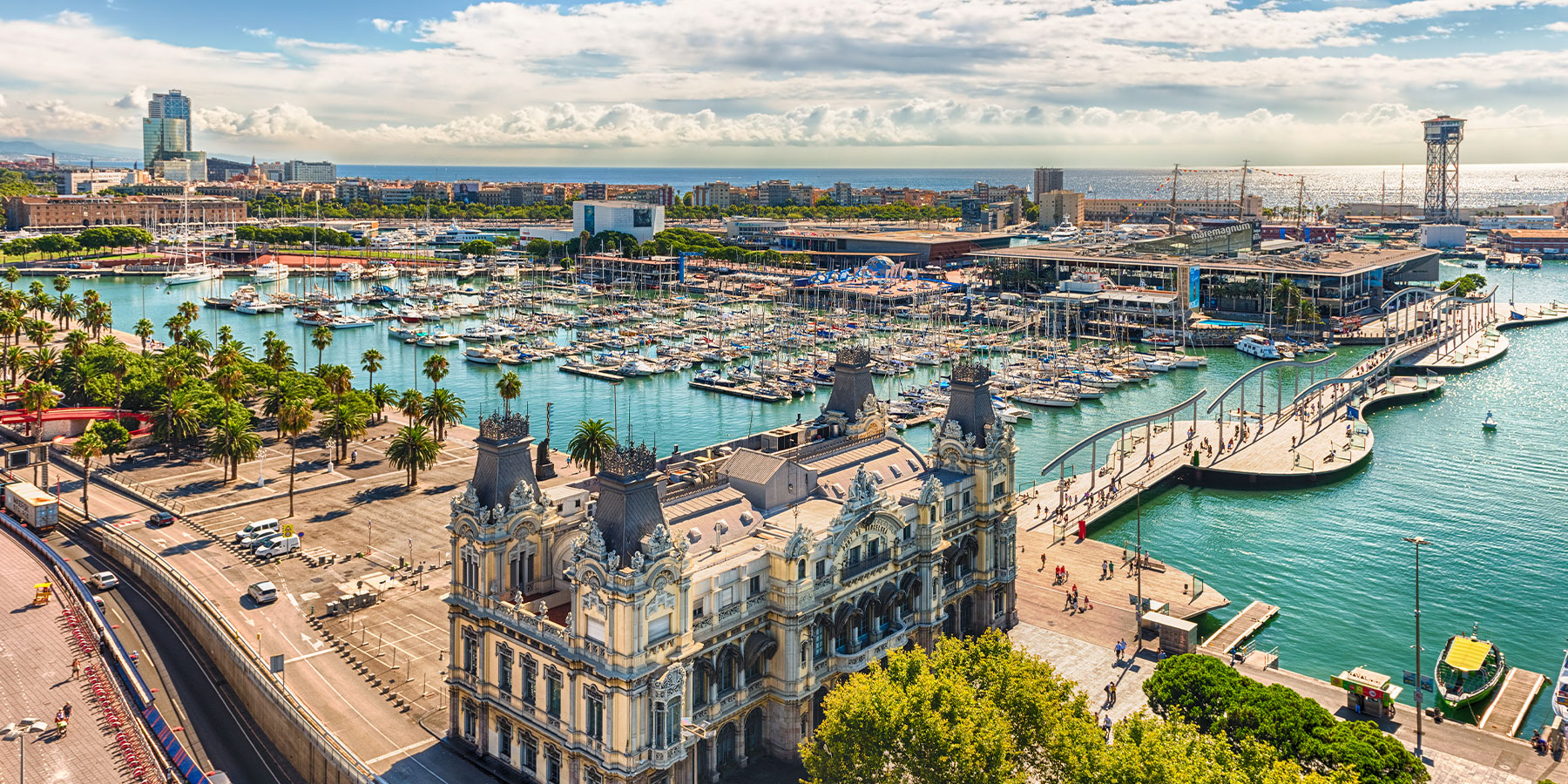
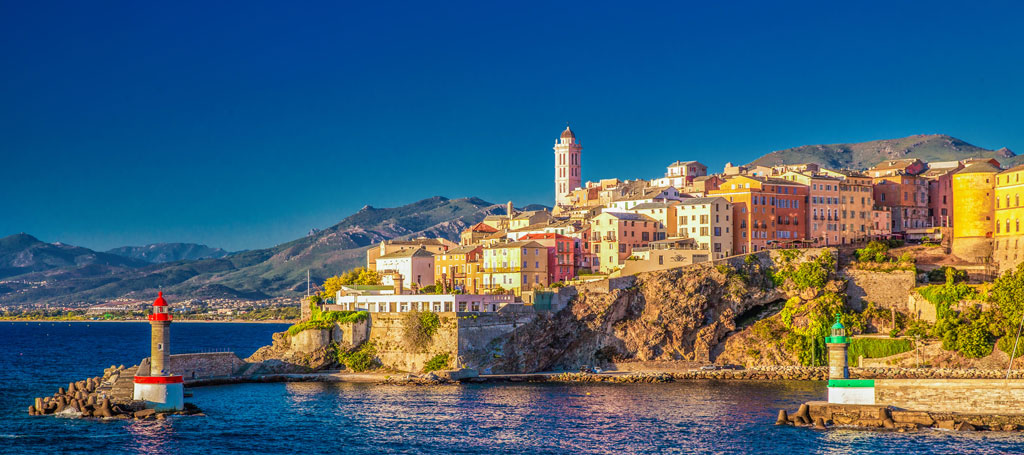
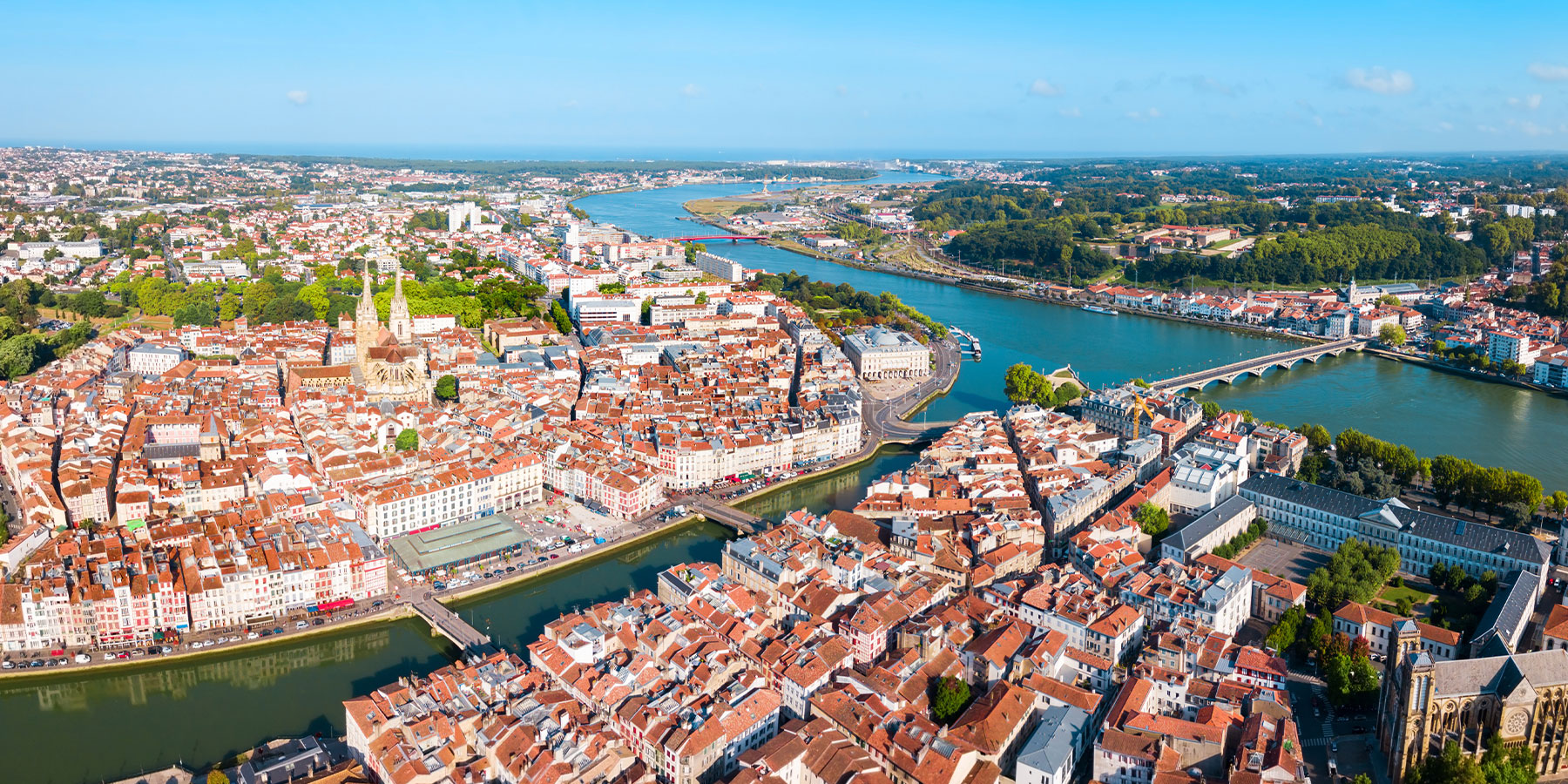
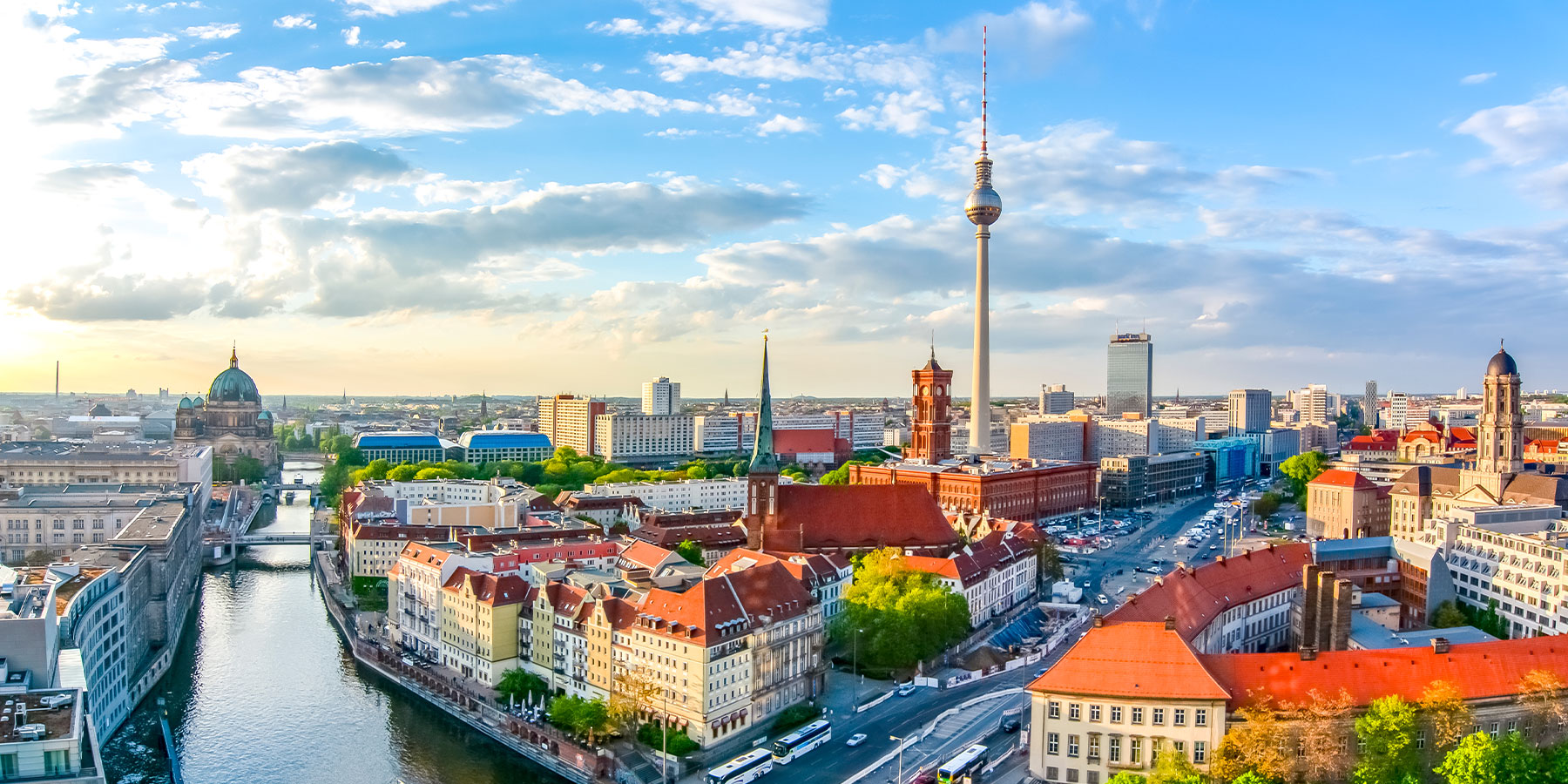


Comments